In this article:
Oral health is the window to your overall health. It is the major concern of dental health care professionals.
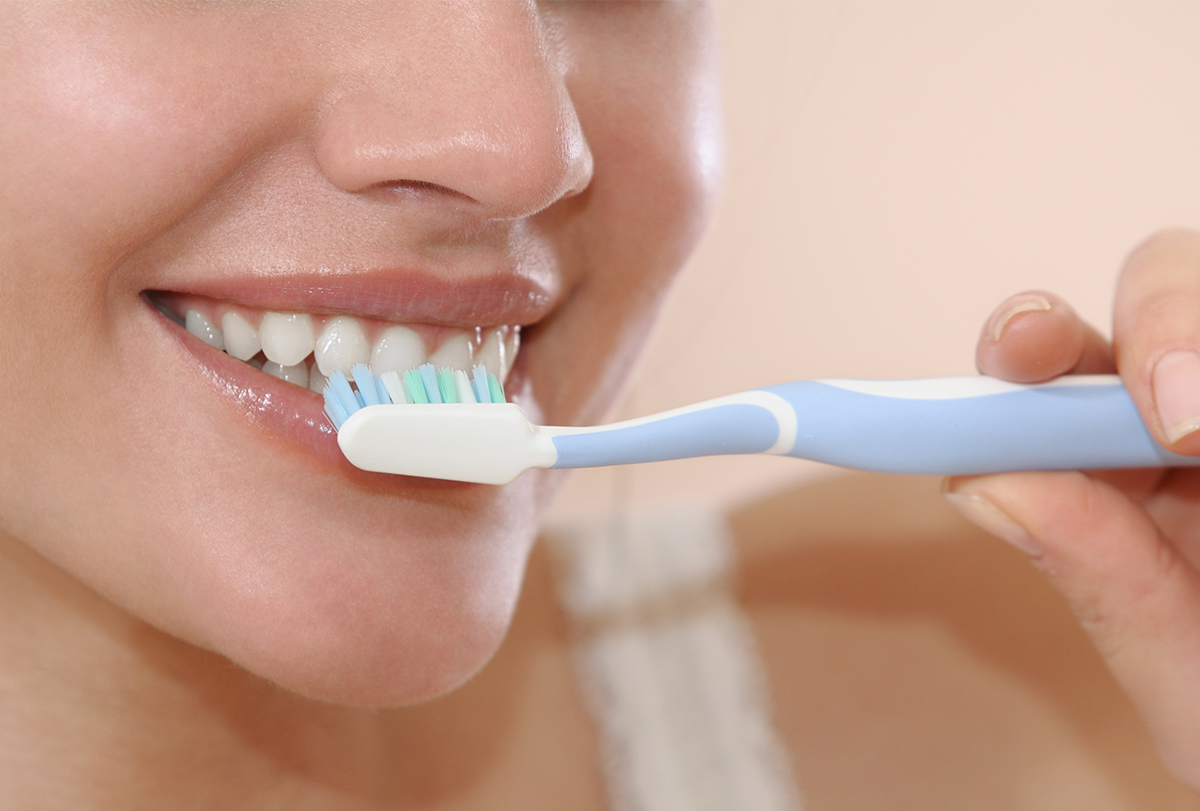
Most of the periodontal diseases are triggered by biofilm formation and dental plaque accumulation. Maintenance of regular oral hygiene can contribute to functional dentition throughout your life.
At present, the available approaches to control bacterial plaque development can be categorized as either mechanical (toothbrushes, floss, interdental brushes) or chemotherapeutical (toothpaste, gels, mouthwashes).
Types of Toothbrushes
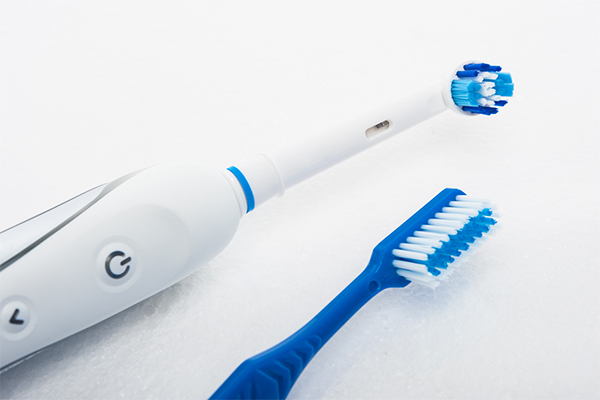
There are mainly two types of toothbrushes:
1. Manual toothbrush
Manual toothbrushes vary in size, shape, texture, and design more than any other category of dental products.
A manual toothbrush consists of a head with bristles and a handle. When the bristles are bunched together, they are known as tufts. A constriction, termed the shank, usually occurs between the handle and the head.
Many toothbrushes are manufactured in different sizes – large, medium, and small – to adapt better to the oral anatomy of different individuals. Toothbrushes also differ in their defined hardness or texture, usually being classified as hard, medium, soft, or extra soft.
2. Powered toothbrushes
Powered toothbrushes were first advertised in Harper’s Weekly in February 1886 but only became a factor in the US marketplace in the 1960s. (1) With the commercial success of this product, battery-powered products were introduced with the advantage of being portable and available at a lower cost.
Unfortunately, problems with these battery-powered products included short “working times” and mechanical breakdowns. The enthusiasm for the powered toothbrush declined and was recommended mainly for the handicapped.
The “second-generation” powered toothbrush had a uniquely rotating head and was powered by long-life/rechargeable batteries. Increased efficacy compared to manual toothbrushes was consistently demonstrated in published studies. (1)
Since then, “third-generation” sonic-powered toothbrushes have been developed and shown to remove more plaque in comparison with manual toothbrushes, especially in long-term studies. (1)
How to Brush Your Teeth
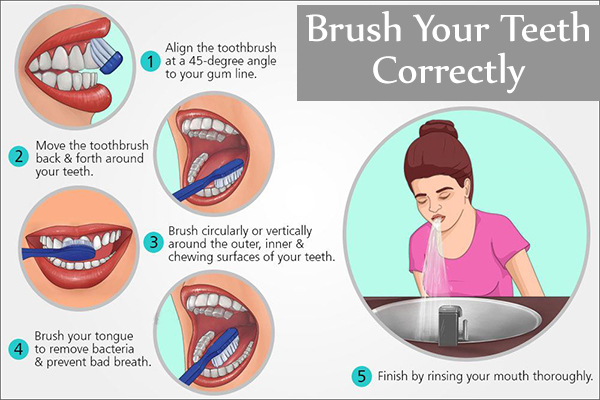
There are various toothbrushing techniques, such as the Bass, modified Bass, Charter, rolling, Stillman, and Leonard, but the most accepted is the Bass or sulcus cleaning method.
How NOT to Brush Your Teeth
Here are seven common toothbrushing mistakes that can compromise your oral hygiene.
1. Using a hard-bristled toothbrush
If you want to avoid damaging your teeth, you need to make sure you’re using a soft brush. If the bristles are too stiff, they can hurt your gums. Use soft or extra-soft bristles.
In addition, you need to replace your toothbrush every 3 months (2) or when the bristles start to fray to avoid bacterial growth. Also, try to use eco-friendly toothbrushes.
2. Brushing the teeth at the wrong angle
You should always hold your brush at a 45° angle and make short circular strokes. That’s the angle for the most effective clean.
3. Toothbrushing for too long or too short a time
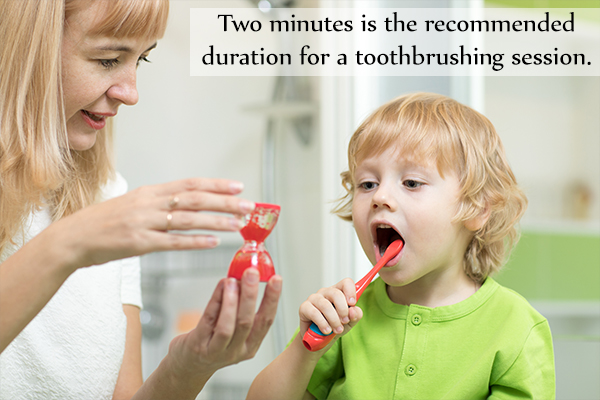
Two minutes is the recommended duration for a toothbrushing session. (3)
Brushing for a short duration increases your chances of bad breath, poor oral hygiene, and gum-related health issues. Brushing your teeth for too long may also cause enamel loss and increased tooth sensitivity. Try to brush your teeth at least for 2 minutes.
4. Not using dental floss
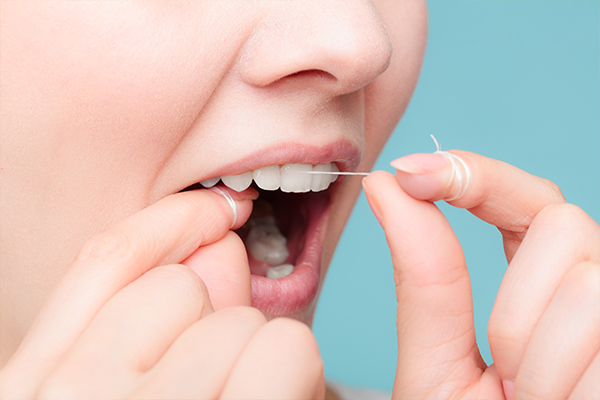
If you don’t already, make it a habit to floss daily. Flossing is required at least once a day to remove plaque between your teeth, where your toothbrush can’t reach.
Aim to floss at least one tooth. Once you get going with one, it’s easier to floss the rest. Start teaching kids to floss at an early age as they are quick learners, and it is a good habit to cultivate.
5. Doing the wrong brushing technique
Everyone thinks that the way they brush their teeth is correct, but it’s surprising to note that most people are not using the right technique to clean their teeth.
6. Not cleaning the tongue
It’s important to clean your tongue after you brush your teeth. (4) It prevents bad breath and removes bacteria. A tongue cleaner can scrape the bacteria off your tongue. You can also just use the bristles of your brush to clean your tongue after brushing your teeth.
7. Avoiding a mouth rinse
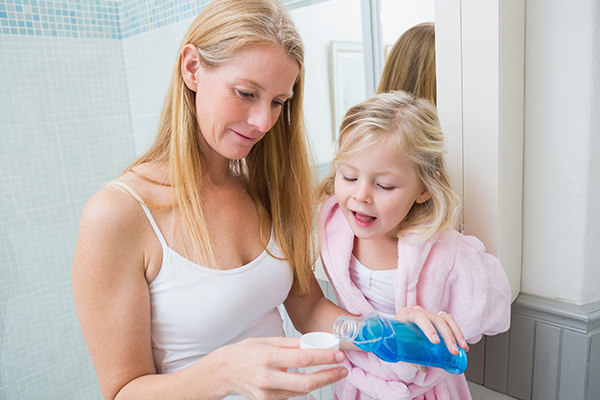
Rinsing your mouth with a mouthwash is an additional habit that’s great for cleaning your whole mouth and keeping your breath fresh. When choosing a mouthwash, be sure to choose one that is alcohol-free so that it doesn’t dry your mouth out. A dry mouth is more susceptible to bacteria.
Additional Tips
- Brush your teeth twice a day with a soft-bristled brush. The size and shape of your brush should fit your mouth, allowing you to reach all areas easily.
- Make sure to use good and advisable toothpaste.
- Clean between teeth once a day as bacteria that cause tooth decay linger between teeth where toothbrush bristles can’t reach. This helps remove plaque and food particles between the teeth and under the gumline.
- Eat a balanced diet that limits sugary beverages and snacks.
- See your dentist regularly for the prevention and treatment of oral disease.
Final Word
Brushing your teeth is an important part of your dental care routine. It removes plaque, keeps the mouth clean and healthy, and improves your breath and sense of taste. However, brushing your teeth alone does not ensure dental cleanliness; it should be done correctly and coupled with other oral hygiene measures.
“Every time you smile at someone, it is an action of love, a gift to that person, a beautiful thing.”
Mother Theresa
- Was this article helpful?
- YES, THANKS!NOT REALLY


